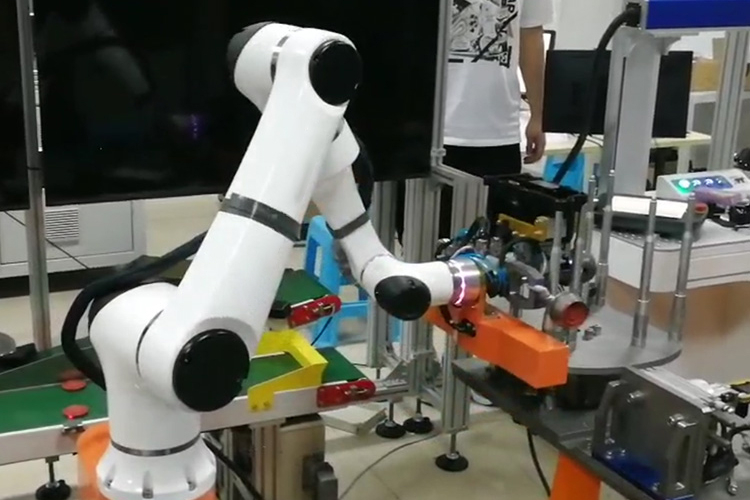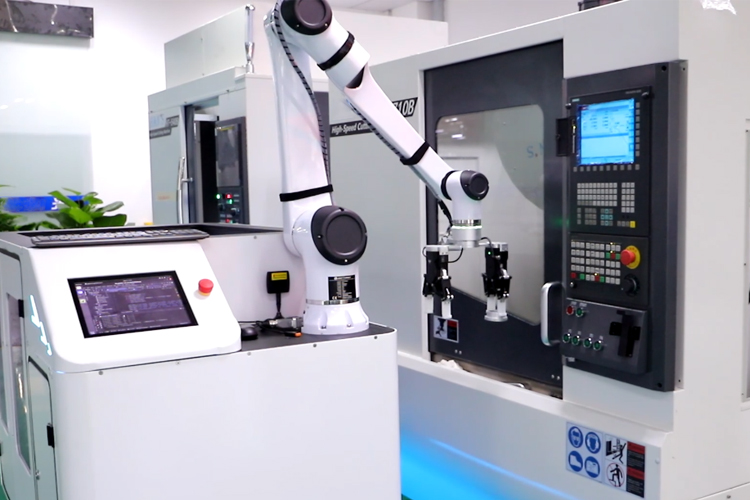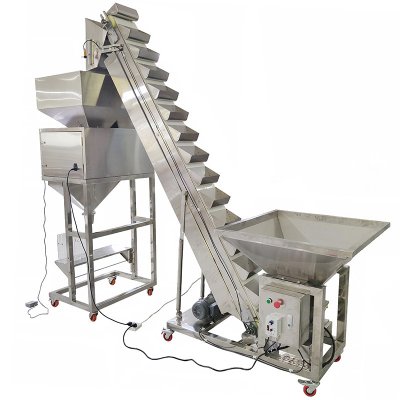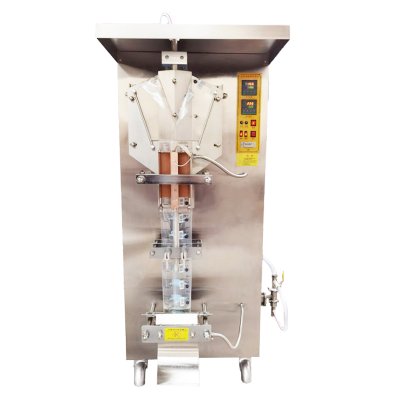Electronic components welding robot core components
Welding is a very important process in the assembly of electronic components, and its welding quality will directly affect the performance of electronic components. If there is a bad solder joint, it may affect the normal operation and reliability of the entire product, so it is often completed by the electronic component welding robot. In order to have a deeper understanding of it, the following is a brief introduction to its core components.
First, mechanical structure
1. Robot arm: This is one of the basic components of electronic component welding robots, which is usually composed of multiple joints and connecting rods, and can move in multidimensional space. These joints can be rotated and bent at multiple angles, allowing the robot to move and operate in different directions.
2, end effector: usually refers to welding tools such as welding guns, mainly used for contact with the workpiece and welding operations, its design and performance will directly affect the quality of welding.
2. Control system
The control system is the brain of the electronic component welding robot, responsible for directing and monitoring its movement and welding.
1, controller: It can accurately control each joint and movement of the robot, the role is to execute the program, calculate the path and monitor the sensor data.
2, programming interface: Programming interface is a tool to interact with the welding robot, which can create welding procedures, adjust parameters and monitor the status of the robot.
3. Motion control system: responsible for coordinating the joint movement of the robot, which can greatly improve the accuracy and response speed of the welding robot. The system can communicate with external devices to enable integration and collaboration of automated production lines.
Third, the power system
The welding robot needs a stable power supply to support the welding work, and the welding power supply usually includes DC power supplies, inverters and controllers, which can provide stable current and voltage to meet the welding needs of different materials and processes.
In summary, the core components of the electronic component welding robot mainly include three parts: mechanical structure, control system and power supply system. The performance and function of these core components are directly related to the working efficiency and welding quality of the welding robot, which is an important guarantee to ensure the normal operation and efficient work of the welding robot.









